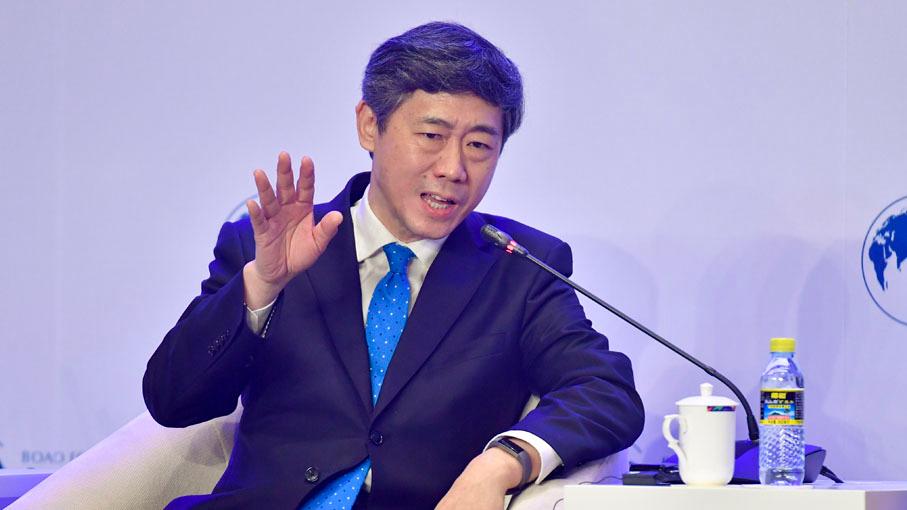The key to realizing high-quality economic development lies in pushing for to double China’s middle-income population through effective macro-economic policies, argued a research team led by David Daokui Li, a professor at Tsinghua University and Chief Economist of the New Development Bank of the BRICS, in an article run by magazine
Reform.
While a super-large real economy is important for China in the new era, equally important is the economy’s long-term and stable development. Toward this end, it is necessary to give full play to the role of middle-income groups in boosting consumption and stimulating domestic demand, Li wrote.
The World Bank sets the middle-income standard in the range of US$3,650-36,500 annually. However, given China’s economic development conditions, the country’s National Bureau of Statistics adopts a slightly different method believing a three-member family with an annual income of 100,000 to 500,000 yuan (US$14,510-US$72,548) to be a middle-income family. By this measure, China’s middle-income earners totaled over 400 million in 2017.
Expanding this group means increasing the annual income of typical families whose income is less than 100,000 yuan (US$14,510) to over 100,000 yuan, the professor noted. Assume that per capita disposable income will grow at an annual rate 6 percent – a figure they drew from other studies, China is expected to achieve the goal of doubling the number of middle-income groups within 15 years, with 2018 as the base year, they estimated.
Li and his team also predicted the demographics of the new middle-income population in China, drawing on the survey data of China Labor Force Dynamics Survey (CLDS) in 2016 and China Household Finance Survey (CHFS) in 2013.
Some 74.2 percent of the 400 million new middle-incomers will be rural population and 25.8 percent urban. And about 50.5 percent will be over 45 years old, and 23.8 percent will be 36-45 years old. The eastern region will account for over 55 percent. In particular, among the migrant workers in Beijing, Shanghai, Shenzhen and Guangzhou, about 30.4 percent will be eligible for the group, accounting for 16.9 percent of the total 400 million.
They went on to put forward three policy suggestions to speed up realizing that goal. First, authorities should accelerate the urbanization of migrant workers, and appropriately liberalize and relax the restrictions on their settling-down in first- and second-tier cities, thereby improving their consumption demand and investment willingness.
Second, authorities could reduce the personal income tax and social security contributions for migrant workers and new residence permit-holding residents in first- and second-tier cities. Third, it is necessary to promote coordinated development through regional integration plans, and drive up the income of residents in third- and fourth-tier cities.

 Old Version
Old Version